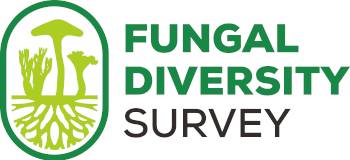FunDiS West Coast Rare Fungi Challenge

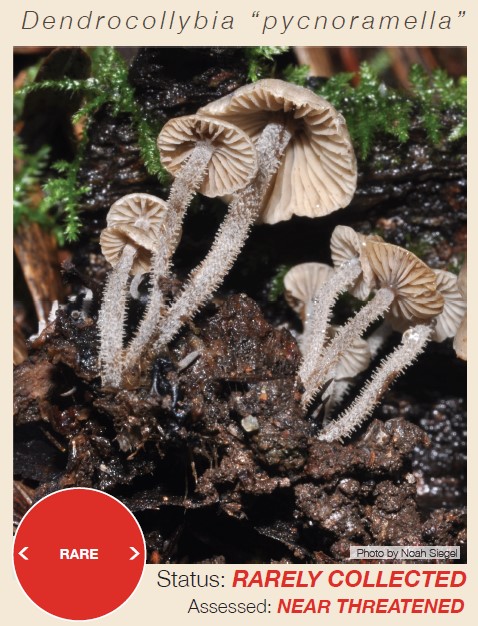
An extremely rare species, the Short-branched Dendro has only ever been found twice. Keep your eyes peeled for this tiny mushroom in moist, forested areas, possibly growing from the remnants of old decaying mushrooms.
You might just be the lucky one to find the third location for this unique little mushroom!
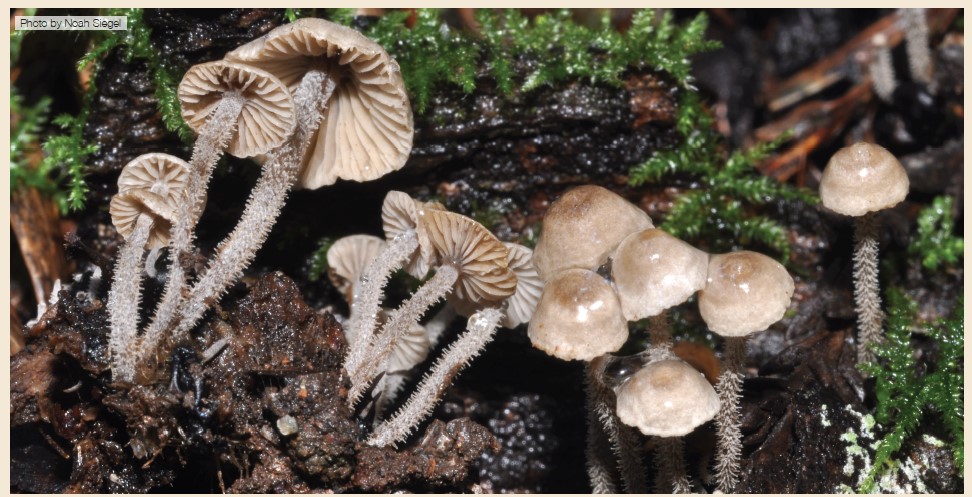
Description
The little side branches make asexual spores, and if that is not crazy enough, the mushrooms grow out of black bumpy sclerotia on the remnants of old rotting mushrooms. A sclerotium is for this mushroom what the bulb is for a tulip.
What else could it be?
Other little grey mushrooms can be found as well, but none of them have these side branches on the main stem, and they all lack a sclerotium. But, don’t ignore them, as very little is known about all those small treasures, and many are still nameless. They belong, depending on their spore characters, to genera like Pseudobaeospora, Tephrocybe, or Rhodocybe.

![]() Never eat wild mushrooms without a confident identification!
Never eat wild mushrooms without a confident identification!
Contact Poison Control if you think you have eaten a poisonous mushroom: 1-800-222-1222
When & Where?
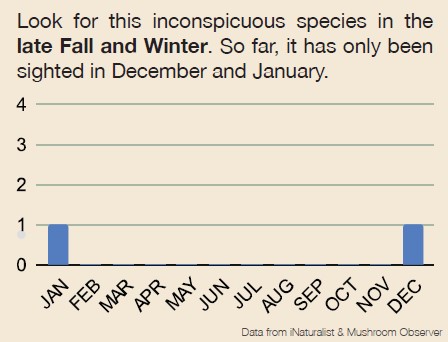
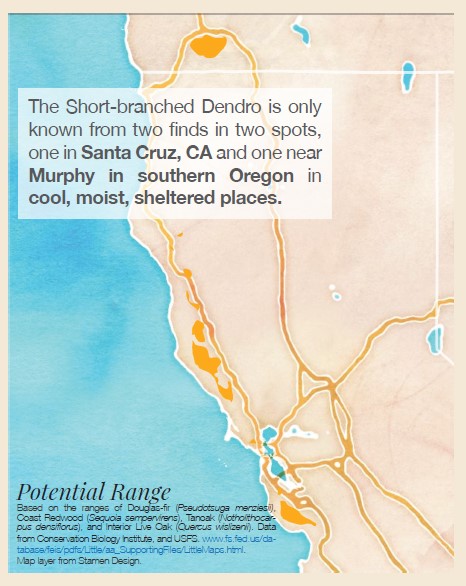
Habitat
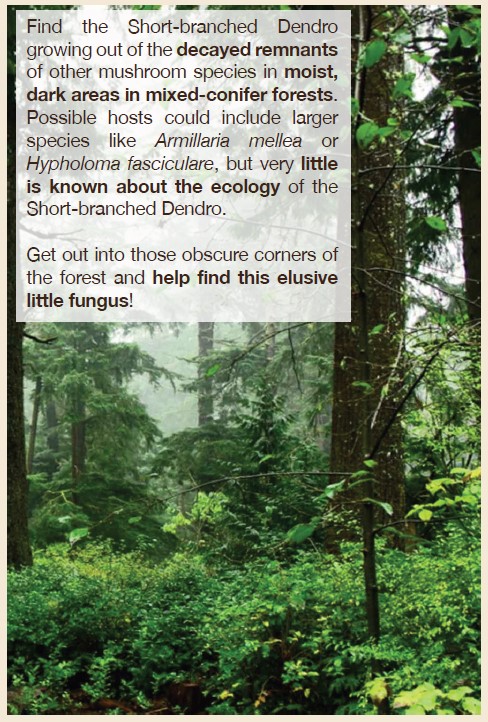
More information
Siegel N, Vellinga EC, Schwarz C, Castellano MA & Ikeda D. 2019. A Field Guide to the Rare Fungi of California’s National Forests. Bookmobile: pg. 60-61.
www.mykoweb.com/CAF/PDF/Rare_Fungi_of_CA_National_ Forests.pdf
Schwarz C. Dendrocollybia pycnoramella. The Global Fungal Red List Initiative.
http://iucn.ekoo.se/iucn/species_view/1000163/
What to do if you find it:
Make an observation
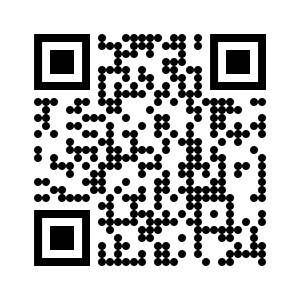 The first thing to do is to record your observation. We prefer to use the iNaturalist app for that (visit www.iNaturalist.org to learn more), but you could also upload your observation to Mushroom Observer (visit www.MushroomObserver.org). The QR code to the right will take you to the Fungal Diversity Survey (FunDiS for short) website to explain how to contribute to the project.
The first thing to do is to record your observation. We prefer to use the iNaturalist app for that (visit www.iNaturalist.org to learn more), but you could also upload your observation to Mushroom Observer (visit www.MushroomObserver.org). The QR code to the right will take you to the Fungal Diversity Survey (FunDiS for short) website to explain how to contribute to the project.The best thing you can do is take lots of photographs and notes. Typically, smartphones will automatically georeference any photos taken, but it is good practice to note your exact location, preferably with GPS coordinates, and be sure to note what trees or other habitat features are nearby. For example, was the mushroom growing from decaying grass and humus, or from bare soil? Did it have a particular smell?
Collect a specimen
If you are in an area where it is allowed and have any necessary permits, we strongly urge you to create a vouchered collection. This means a dried specimen for deposit in a herbarium, where researchers can access it for things like DNA sequencing. If you don’t know how to do this, please see:
fundis.org/sequence/sequence/dry-your-specimens
In California, collecting mushrooms is usually allowed in National Forests with a permit. Permits can be obtained at the headquarters of the National Forest you're visiting, and are usually inexpensive or free. However, restrictions vary among the individual National Forests, so make sure to find out the specifics when picking up your permit. State and County Parks generally do not allow mushroom picking, but regulations vary, so make sure to check your destination before you go out. In Oregon and Washington, most State and Federal lands allow collecting up to a gallon without a permit, but again, regulations vary, so check ahead of time.
Don’t forget to look for other mushrooms and fungi while you’re there! Keep your eyes open mushrooms growing on other mushrooms: they’re all rare, so even if you haven’t found this one, you’ve got something neat! Since you’ve already got iNaturalist open, why not record your other finds?
Most mushrooms are like fruit: picking an apple from an apple tree doesn’t hurt the tree. In the same way, harvesting mushrooms does not generally hurt the mycelium of the fungus. We do still recommend leaving some mushrooms behind, and not picking perennial mushrooms, like brackets and conks.
Who to contact
If you think you’ve found this mushroom, and you’re not sure about any of the above, such as how to report the find, whether you can collect it, or what to do with it once you have collected it, please contact us!

